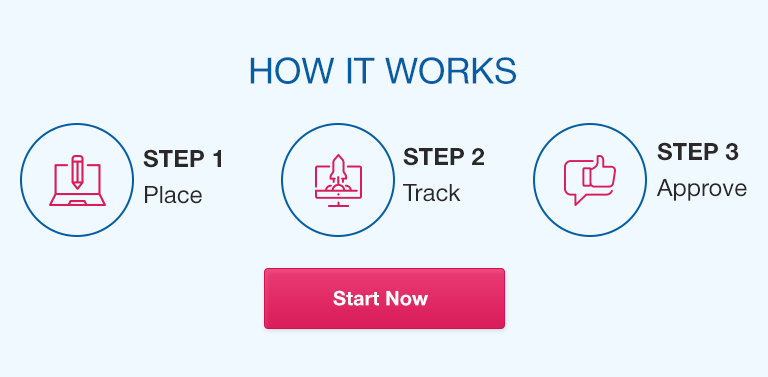Please see the below attachment for assignment instructions.
Week 6 Wrap-Up Assignment: DNA Extraction
Extracting DNA from Fruit
Materials
· Re-sealable plastic bag
· Two strawberries or other fruit, like bananas, kiwi, blueberries, etc., or onion (strawberries and bananas tend to have a lot of DNA)
· 2 teaspoons dish soap
· ½ cup water
· 1 teaspoon of salt
· Two plastic cups or clear glasses
· Coffee filter or paper towel
· ½ cup COLD rubbing alcohol (use from refrigerator or put in freezer for 30 minutes)
· Toothpick or coffee stirrer or popsicle stick or pencil
Procedure
1. Before you start, take a piece of paper, and write your name and student identification on it. You will need it later for the picture you take.
2. Pull off any green leaves that might be left on the strawberries. If using another fruit or vegetable, remove the skin and cut into pieces.
3. Put the strawberries in the resealable plastic bag and gently smash them with your hands for about two minutes. You need to completely crush the strawberries. If you have another fruit, you may need to blend it.
4. In one of the plastic cups or glasses, mix the dish soap, water, and salt together. This is your DNA extraction liquid
5. Add two teaspoons of the DNA extraction liquid into the bag with the strawberries.
6. Reseal the bag and smash for another minute. Do this
very gently so that you do not create too many soap bubbles.
7. Place the coffee filter or paper towel inside the mouth of the other cup or glass.
8. Open the bag with the strawberry mixture and slowly pour the liquid into the coffee filter. You may have to hold the filter so that it does not drop down into the cup or glass.
9. Once you have poured all the liquid into the filter, carefully pick up the filter, twist it just above the liquid, and gently squeeze the remaining liquid into the cup.
10. Tilt the cup/glass and very slowly pour the cold alcohol down the inside of the cup. Use as much alcohol as you have strawberry liquid in the cup.
Do not mix or stir! This will isolate the DNA.
11. Watch for the DNA to clump together on top of the strawberry liquid. It will be a white cloudy substance. Use the toothpick/coffee stirrer/popsicle stick to
gently collect some of the DNA.
12. Take a picture of the extracted DNA with the paper with your name and student identification on it and submit it in your lab document.
Evidence
Include a picture of your extracted DNA with paper with your name and student identification here.
Conclusions
1. Doing a search on the internet, what was the purpose of the dish soap? Reword what you find in your own words.
Website link (type or copy your website link here):
2. What is the purpose of the salt?
Website link (type or copy your website link here):
3. What substance causes the DNA to precipitate, and why does it precipitate? Explain. Reword what you find in your own words.
Website link (type or copy your website link here):
4. Briefly explain how well this lab worked and describe any challenges you had.
2


